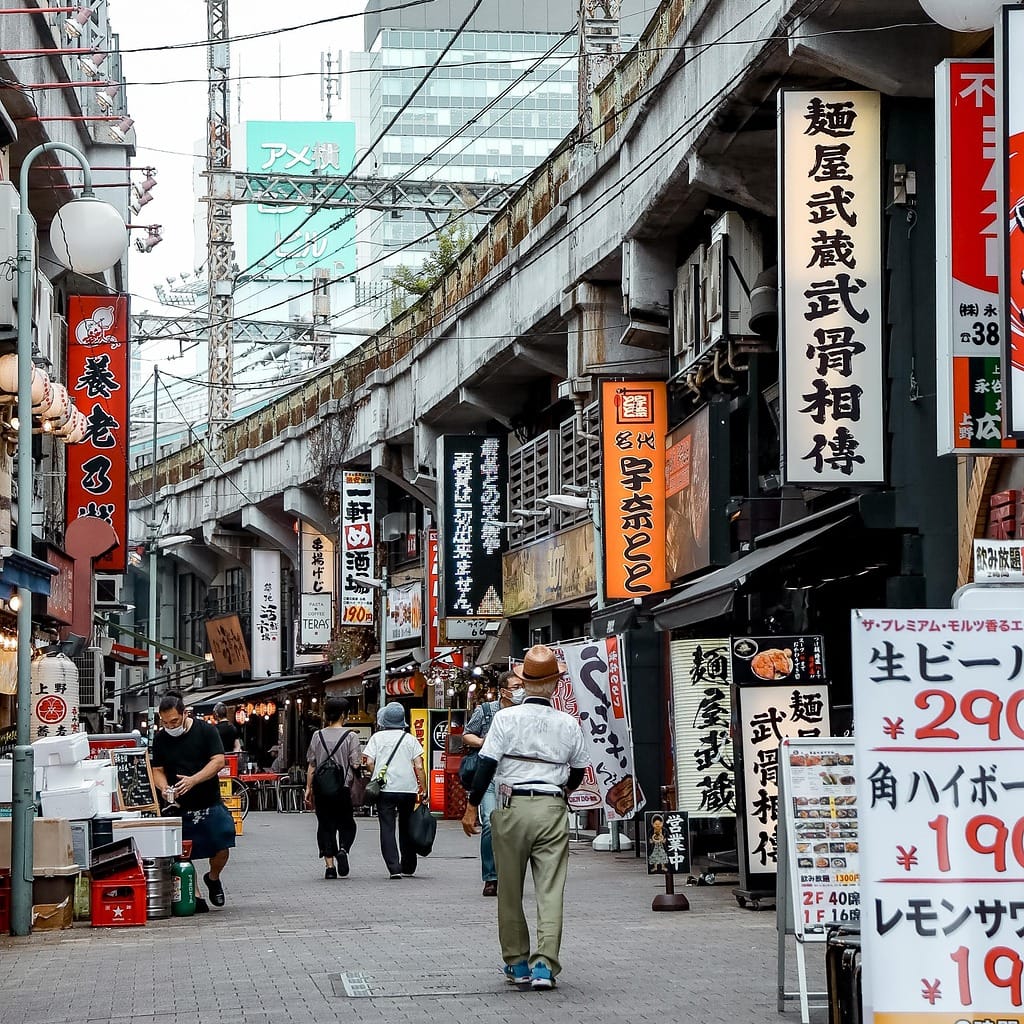Japan is a favourite destination for tourists the world over, but one reason it appeals to Hong Kong tourists (for whom it is a particular favourite) is that Kanji allows them to more or less work things out despite not knowing Japanese at all. Zev Handel’s new book Chinese Characters Across Asia tells the story of how the Chinese writing system was adopted—and adapted—in Japan as well as Korea and Vietnam.
Handel starts with an overview of Chinese and, as a preamble to that, a discussion of writing systems in general. Although little of this will be new to those who have read around the subject, Handel’s summary has the benefit of being both clear and concise. And although one expects that many readers will already have some idea how Chinese characters are put together, Handel’s background as a linguist stands him in good stead: he points out that Chinese is for the most part “morphographic”, ie that Chinese characters represent morphemes; this is relatively obvious if one thinks about it, but I cannot (as someone who never studied Chinese formally) recall it having been explained that way.
Handel also emphasises that Chinese isn’t monolithic:
In just the last two hundred years, a vibrant written form of Cantonese has developed in the south, and it is widely used today in Hong Kong as well as other Cantonese-speaking areas, primarily in nonformal situations. Other Chinese languages, like Taiwanese and Shanghainese, also have written and literary traditions that developed in recent centuries.
Chinese, furthermore, is “open-ended” that new characters continue to be created; Handel gives the example of the chemical element tennessine for which the character 鿬 was made.

In the early days:
non-Chinese speakers learned to read and write by learning Chinese. In a world in which only one language existed in written form, there could be no conceptual difference between “learning to read” and “learning to read Chinese.”
And that’s what happened when the Han armies entered Korea some 2100 years ago.
Whenever a scribe had to write down information conveyed orally in Korean, he would have to first mentally translate it from the spoken Korean utterance into Chinese, and then record the Chinese sentences using Chinese characters. Conveying written information to local people involved the opposite process: reading Chinese one sentence at a time, mentally translating it into Korean, and then speaking it aloud.
But after a while, the Chinese script was used to write Korean and, a bit later, Japanese.
Chinese was adapted for Korean by using Chinese characters for the various nouns, verbs and adjectives. But Korean has grammar that doesn’t map onto Chinese, and for all these other things (eg suffixes), they chose Chinese characters that sounded like the Korean sounds. This was called hyangchal. A similar process took place in Japan where these grammatical helper characters were simplified to Hiragana and Katakana.
In Korea, Chinese characters were replaced by the unique Korean alphabet Hangeul, until by the 20th century.
Chinese characters were used only for Sino-Korean words… All other Korean words, not just grammatical particles but also native verb and noun roots, were written with the alphabet. This mixed-script writing endured through more than half of the twentieth century in South Korea. Afterward, the use of Chinese characters declined rapidly, as more and more Sino-Korean words were written in Hangeul instead. In North Korea, all Chinese characters were eliminated as a matter of government policy in 1949… It is certainly possible that Chinese characters will stop being a part of modern South Korean writing at all before too long.
Kanji, on the other hand, seems firmly rooted.That Vietnamese was also written in Chinese is perhaps less well-known. Chữ Nôm, as it was called, used Chinese characters both semantically (in their original meaning) and phonetically (for their sound), added new invented characters as well as smaller marks to distinguish, for example, between words that otherwise used the same character. Never really used for official administration, it was replaced with the now ubiquitous Latin alphabet script. For completeness, Handel adds Zhuang, a language closer to Thai than either Vietnamese or Chinese; less is known about the use of Chinese characters to write Zhuang, but it seems to parallel Vietnamese.
The conclusion is something of an anticlimax:
Today, Chinese characters are no longer used to write Vietnamese. They are used only marginally in South Korean writing (and not at all in North Korea), and may soon disappear entirely from the Korean writing system. In Zhuang, they are still used by a trained minority of the population in certain ritualized cultural contexts. Only for Japanese, as kanji, do they remain firmly embedded in the modern writing system.
The book is nonetheless thought-provoking. Writing often seems “obvious”, but what is in fact going on ebbs and flows with technology, time and politics. Even in English, the effects can be seen: technology (typewriters) first simplified writing, removing both flourishes that existed in handwriting and printing as well as characters like æ. More modern technology has allowed the addition of other symbols (most notably emojis, but also any and all scripts imaginable) into the middle of text, giving readers of Latin alphabet scripts something of the experience of readers of Chinese and Japanese, where Latin letters and numerals are now freely scattered in a writing system that would previously have eschewed them.
Handel notes that the Chinese-based system is still evolving with new characters being created; when was the last time a new English letter was added to the alphabet?


You must be logged in to post a comment.